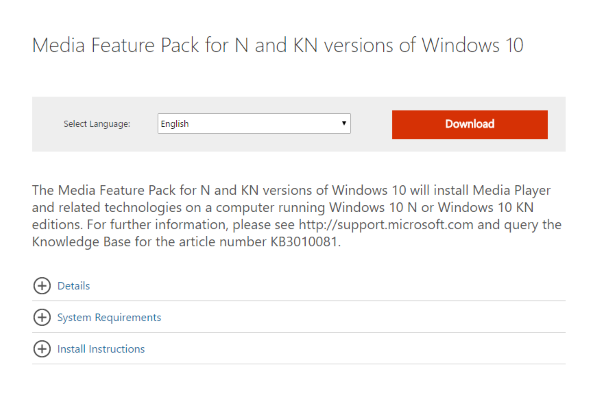In Layman’s Terms Issue 12: Vaporware, Shovelware, Bloatware, Greyware, Adware/Spyware

 Today, we’re going to take a look at a few terms that are fairly often applied to software and what each term means.
Today, we’re going to take a look at a few terms that are fairly often applied to software and what each term means.
Vaporware: Vaporware basically describes an application that simply…isn’t. It’s software that’s neither developed nor officially cancelled and exists in a strange sort of limbo between real and nonexistent. This term could also be used to describe software that takes far longer to go gold than it should such as a game whose development cycle is rife with delays and false release dates.
Shovelware: The term “Shovelware” is generally used to describe software that exists for the express purpose of filling out an operating system or gaming console’s roster of products. Shovelware, as a general rule, goes for quantity over quality. It’s made to fill space more than anything else. It can also be used to refer to games and applications that are ported from one system to another with little regard for quality control. Another word for this sort of software is ‘crapware.’
Bloatware: Bloatware is any software that contains unnecessary applications, coding, or features that do little except take up space and slow your system. Bloatware generally hogs your system’s resources for itself, chomping up memory like it’s at an all you can eat buffet. Suffice it to say, you don’t want this sort of program on your computer. A lot of people have pointed at Symantec’s older models of Norton Antivirus as prime examples of bloatware. They did the same thing as many other AV programs, but dragged system performance and speed to a crawl, using up so much memory that it made some systems pretty much unusable.
Greyware: Greyware is malicious software that doesn’t quite meet the necessary qualifications to be referred to as a ‘virus.’ It rests in the ‘gray area’ between normal software and viruses. It fits under the umbrella of malware, but it doesn’t do enough to qualify as viral software. Generally, in order to classify as a virus, a program has to have some means of replicating itself and ‘spreading’ between systems. Greyware is still incredibly nasty, and a pain in the neck to deal with.
Adware/Spyware: We’ll finish off by taking a brief look at the difference between Adware and Spyware. These two terms are thrown around quite a bit, and it can get a bit confusing trying to discern the difference between the two because, after all, they serve very similar purposes. Adware is designed to sell something. The tactics used vary based on who coded the software.
Some pieces of adware simply inundate your system with advertisements, showering you flashy ads. Windows Defender is one example of a particularly nasty piece of adware, which completely blocks off access to the ‘net unless you pay for the company’s sham of a protection program.
Spyware on the other hand, is designed to keep track of an infected system, usually without the user’s knowledge. This could include something as benign (relatively) as tracking their browsing habits for marketing purposes to something as malicious as tracking their keystrokes in order to steal personal, financial, or account information.















